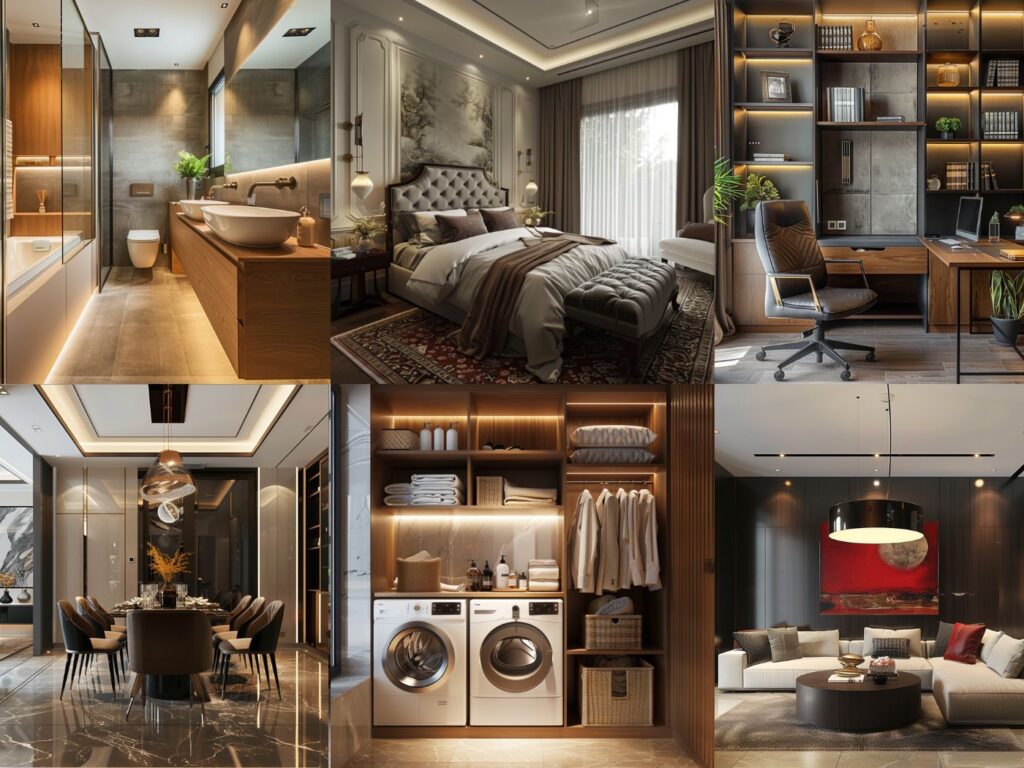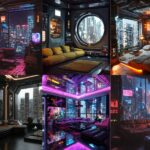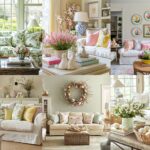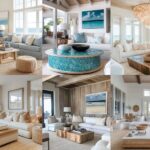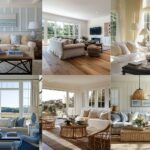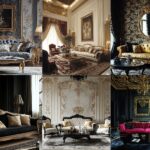Imagine walking into a home where everything works seamlessly with just a tap on your smartphone or a simple voice command. Smart home interior design isn’t just about adding the latest gadgets; it’s about creating an environment that enhances your daily life, offering convenience, security, and efficiency.
You may well be wondering how to integrate these cutting-edge technologies without compromising on style and aesthetics. The good news is that smart home solutions have evolved to blend effortlessly with any design scheme, making it easier than ever to create a space that’s both functional and beautiful.
Whether you’re renovating your current home or starting from scratch, understanding how to incorporate smart technology into your interior design can transform your living experience. Ready to explore the possibilities? Let’s dive in and discover how you can achieve a harmonious balance between innovation and elegance in every room of your house.
15 Smart Home Interior Design Ideas And Styles For Your Technological Space
#1. Smart Home Walk-in Closet
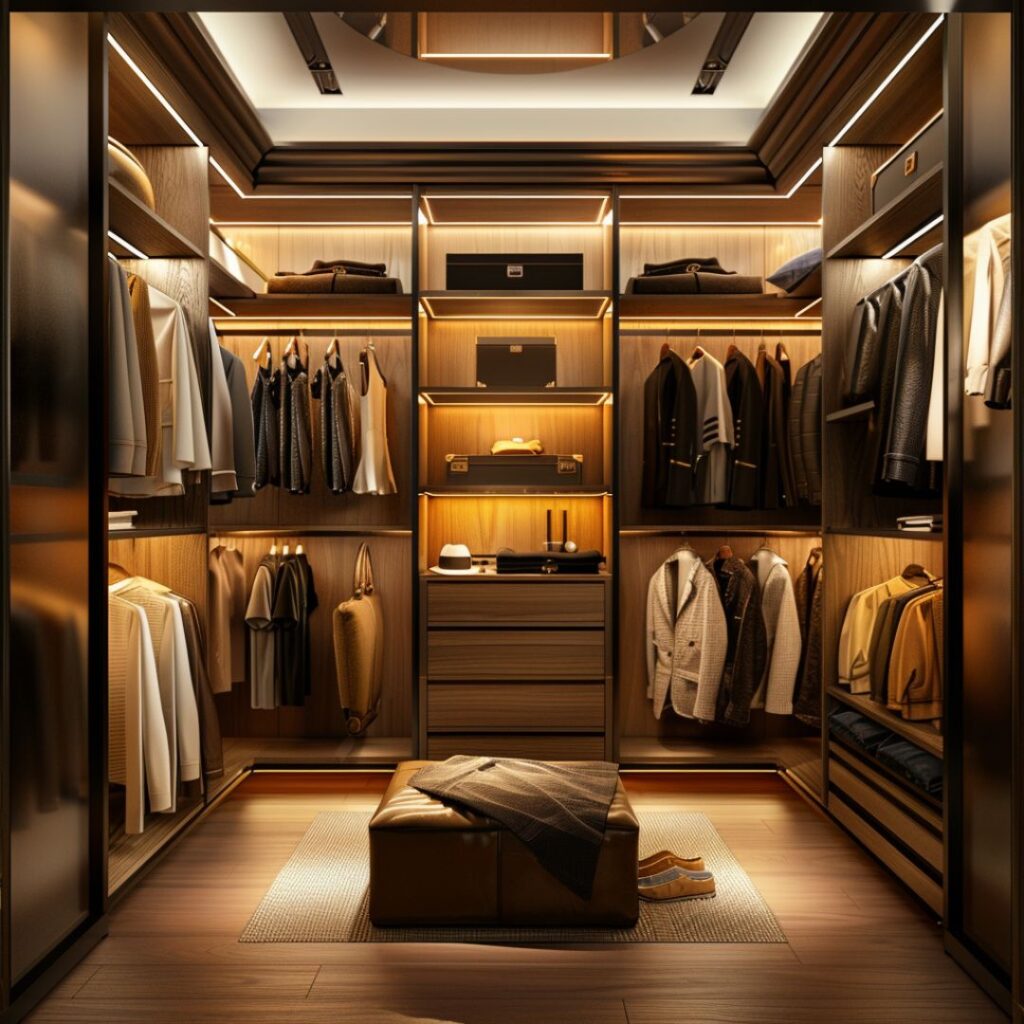
#2. Smart Home Studio Apartment

#3. Smart Home Open Kitchen Living Room
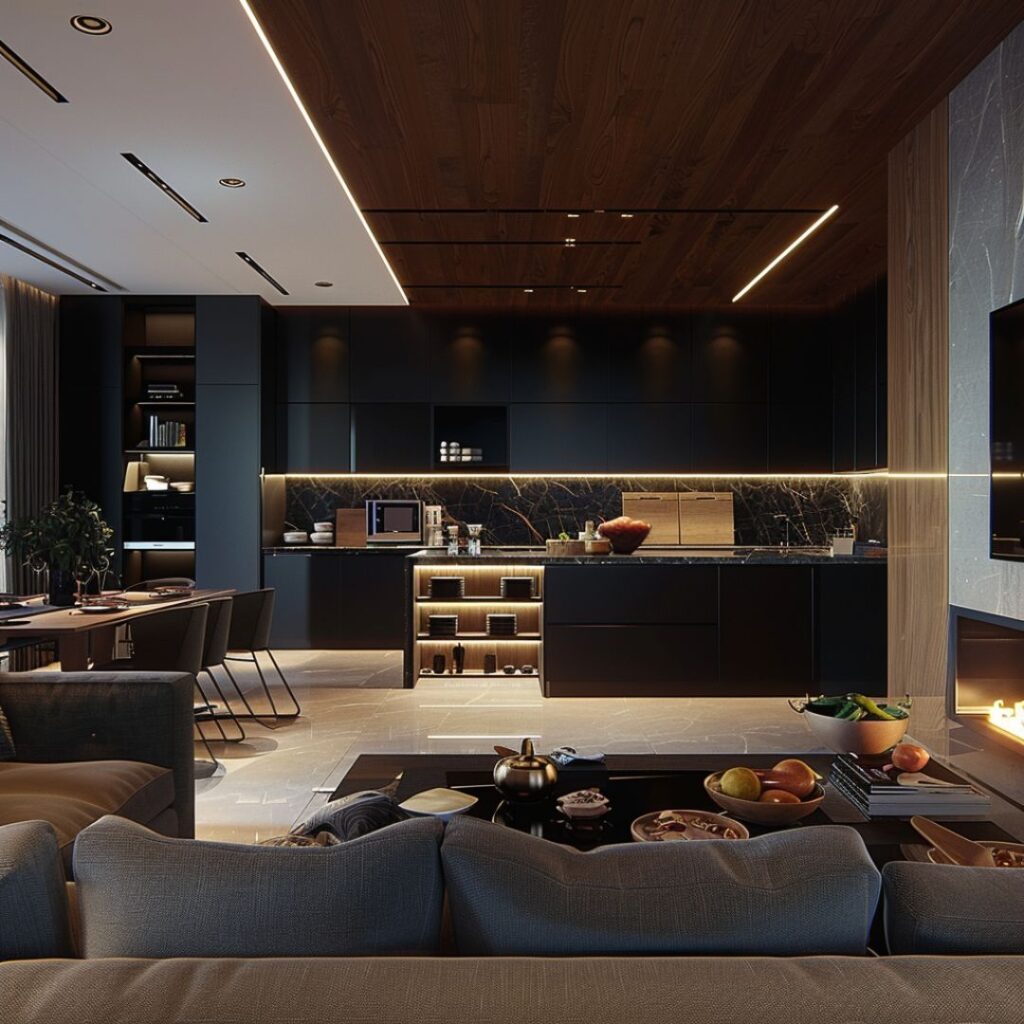
#4. Smart Home Living Room

#5. Smart Home Living Room Interior Design

#6. Smart Home Laundry Room
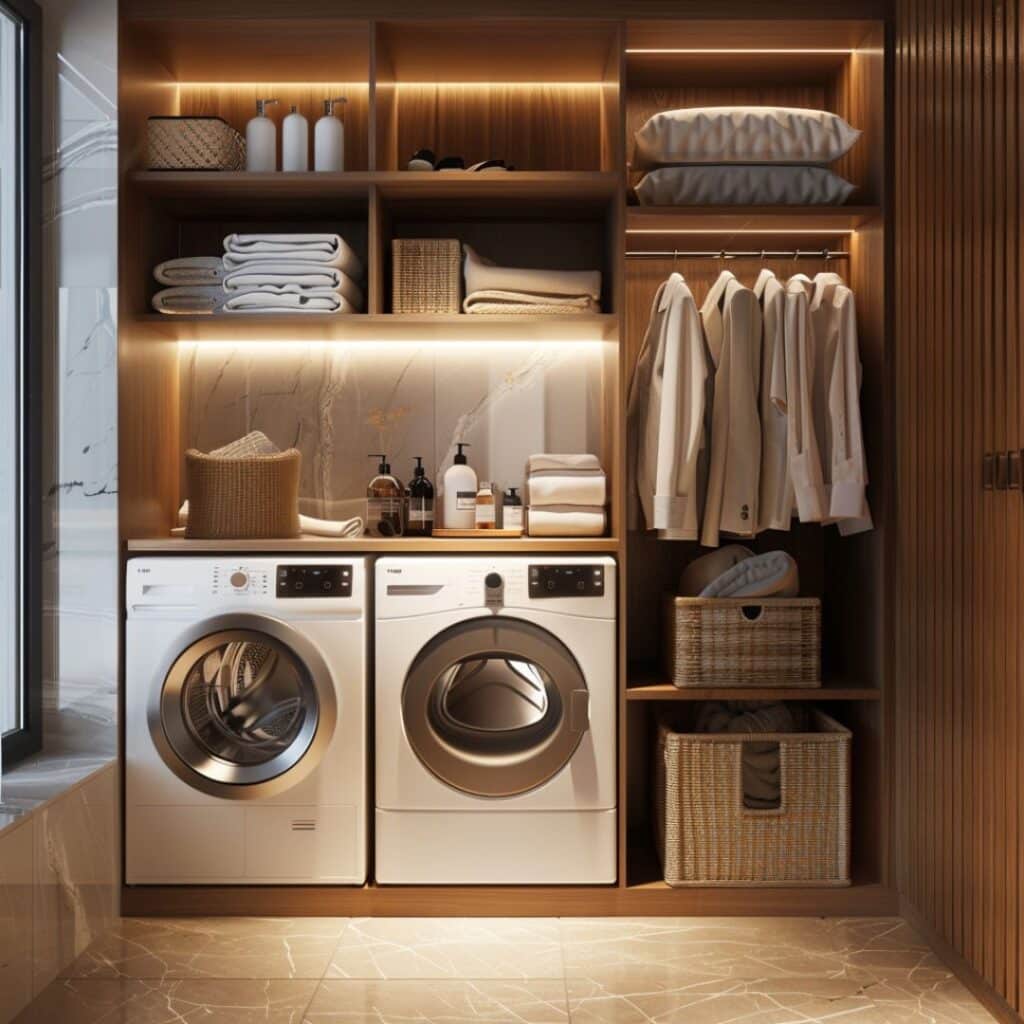
#7. Smart Home Kitchen

#8. Smart Home Kids Room
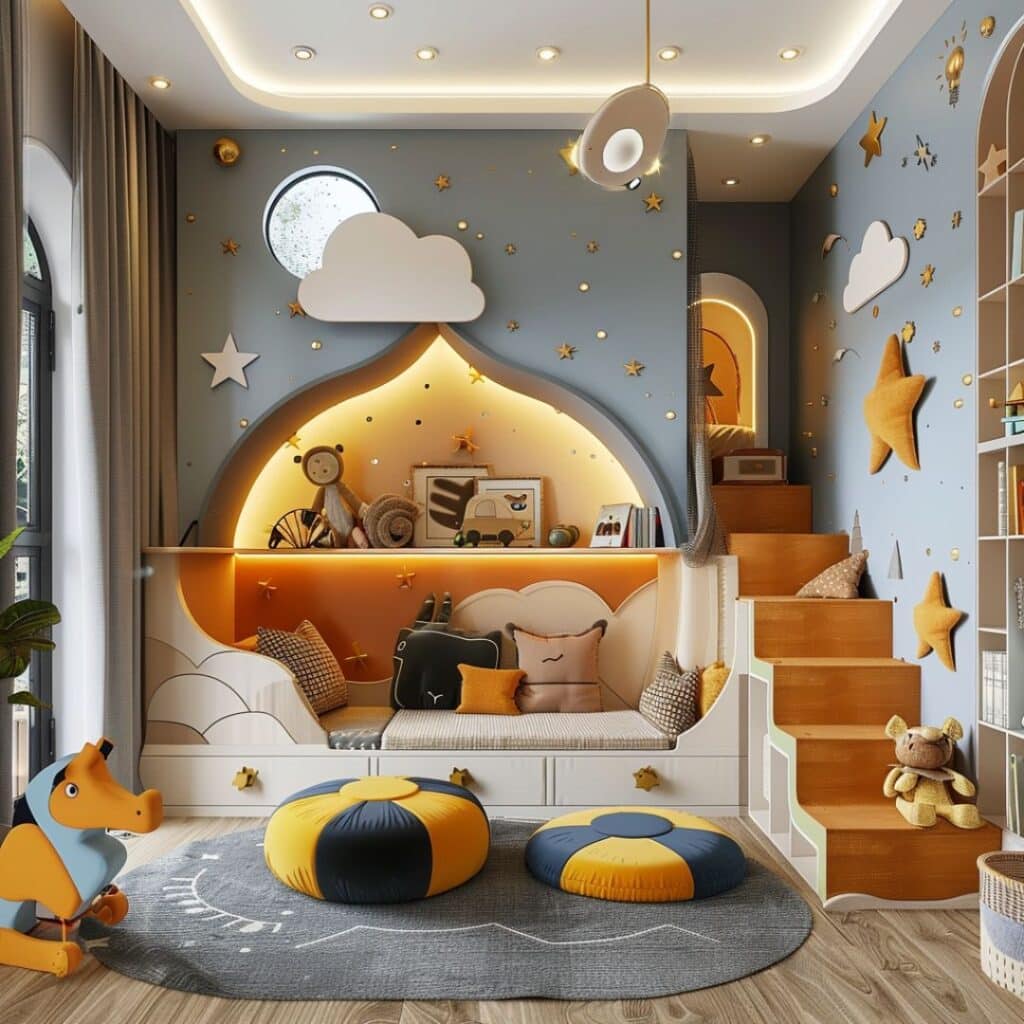
#9. Smart Home Home Office
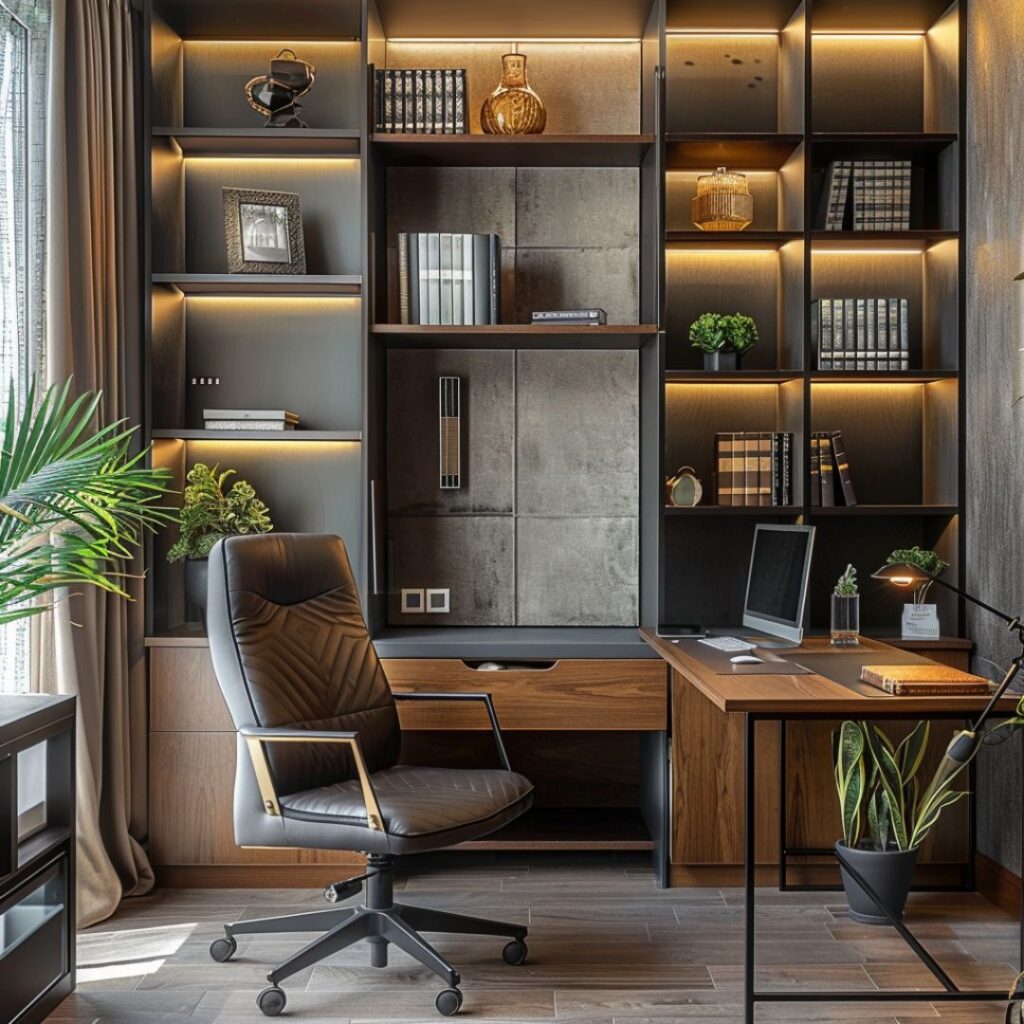
#10. Smart Home Guest Bedroom
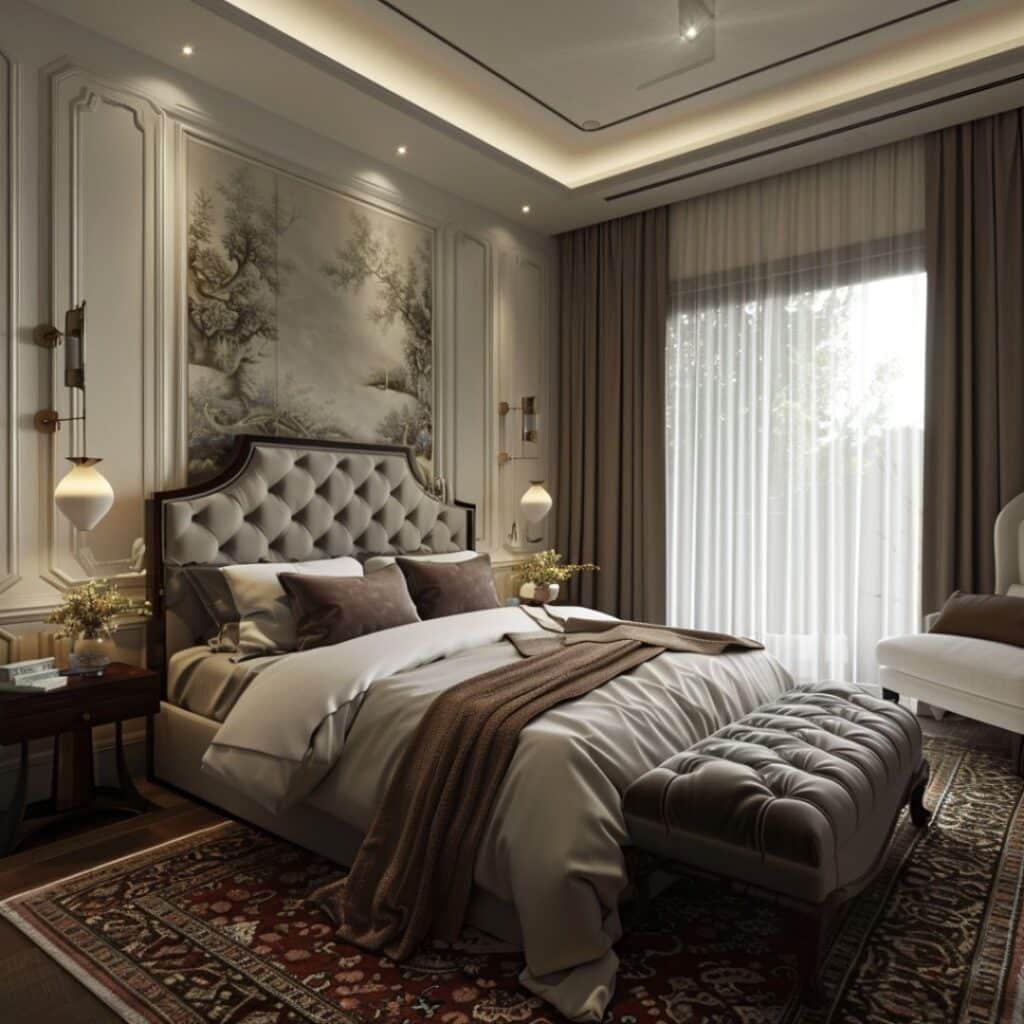
#11. Smart Home Dining Room
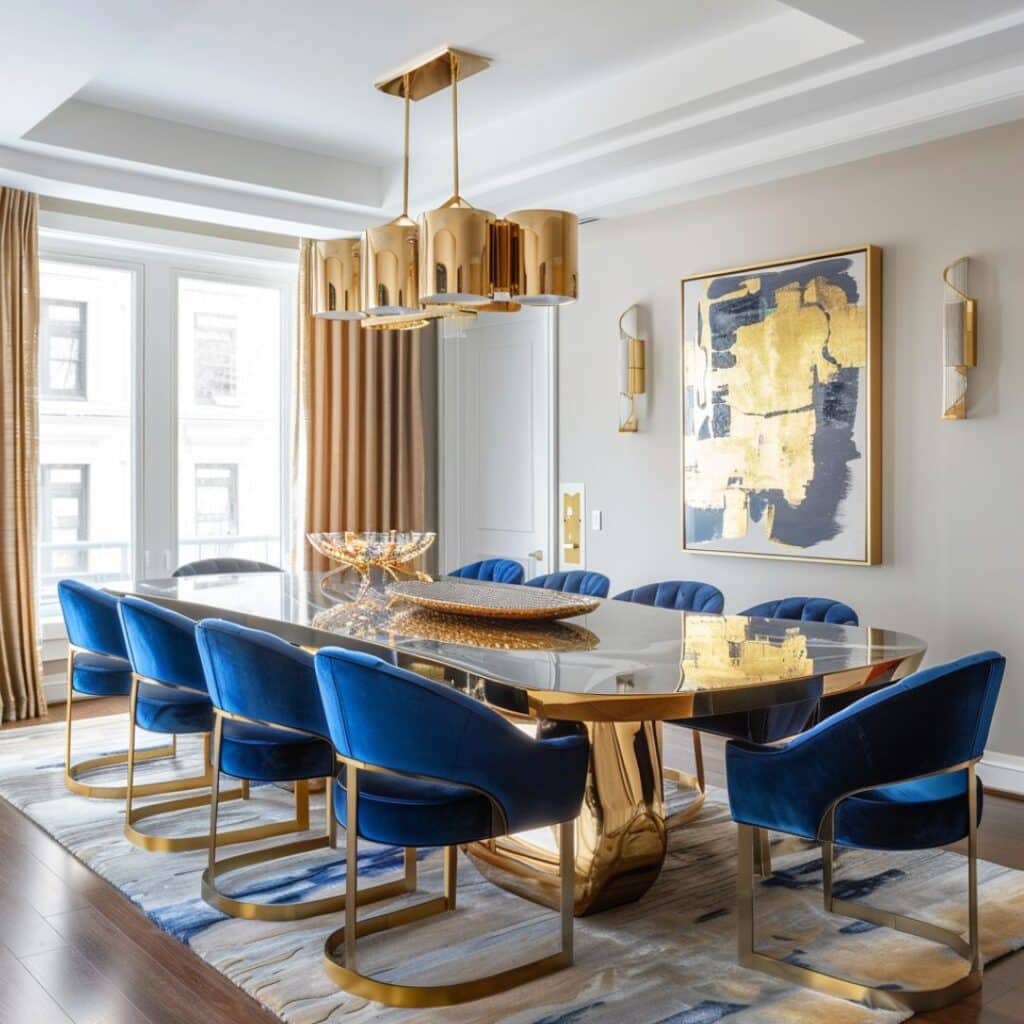
#12. Smart Home Dining Room Interior Design

#13. Smart Home Bedroom
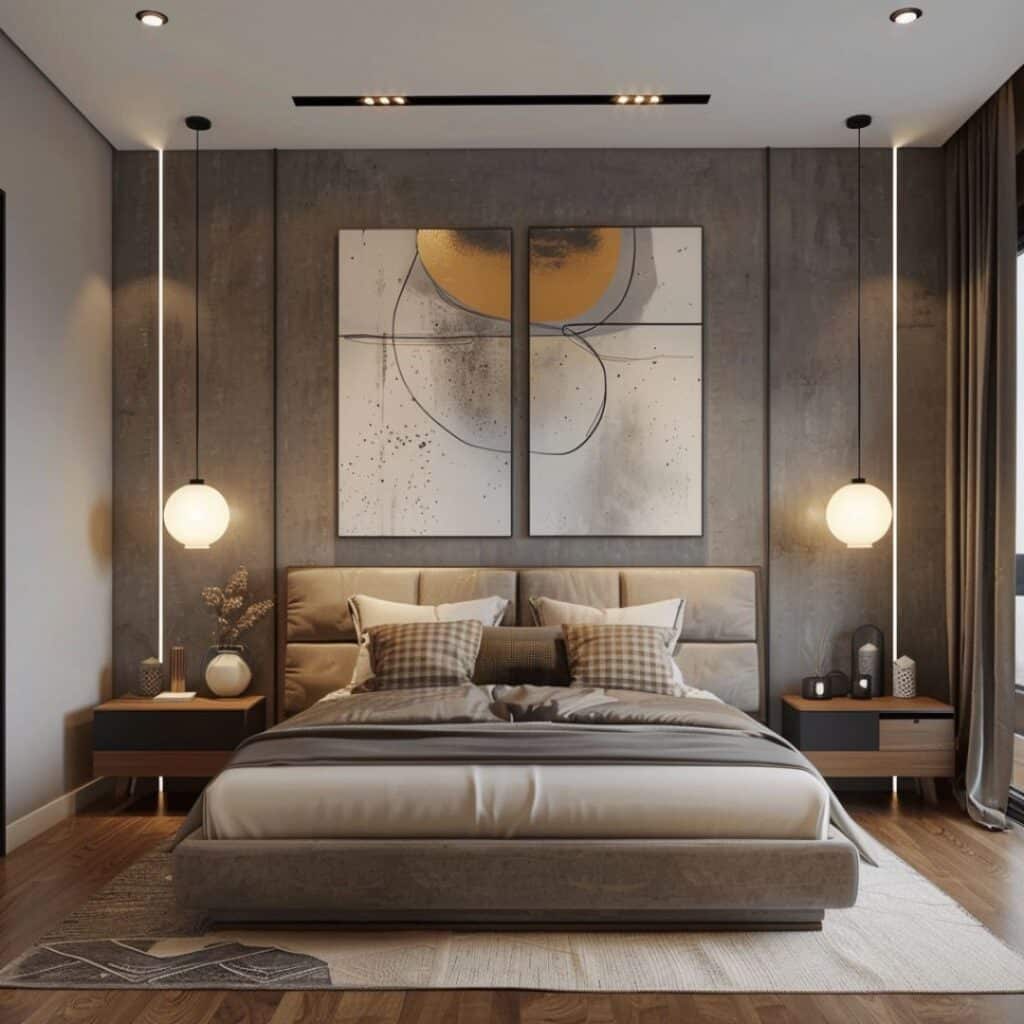
#14. Smart Home Bedroom Interior Design
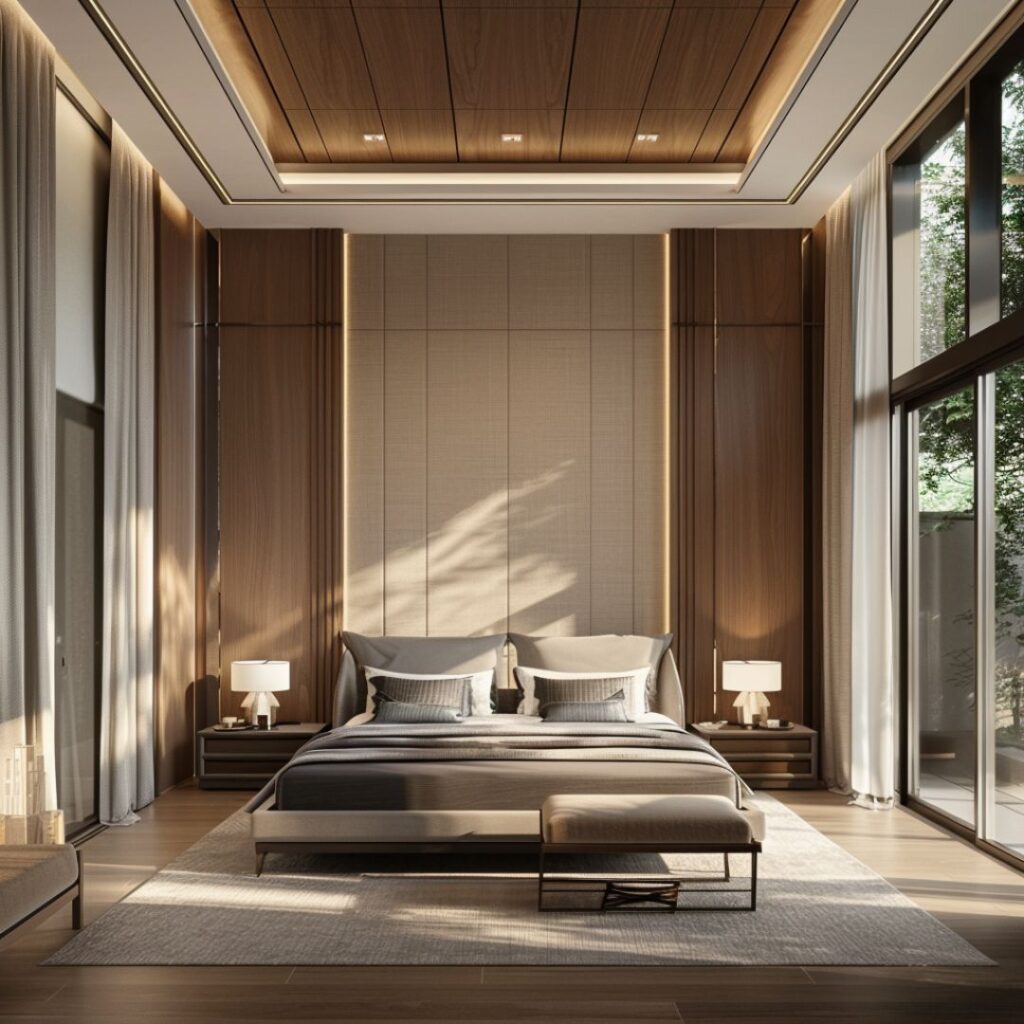
#15. Smart Home Bathroom

Exploring Smart Home Interior Design
Smart home interior design merges technology with style to create spaces that are both functional and visually appealing.
The Fusion of Technology and Aesthetics
Modern smart homes blend tech features with elegant decor. For example, voice-controlled lighting systems can complement minimalist room designs while enhancing convenience. Hidden speakers in walls or ceilings maintain a sleek look without sacrificing sound quality. This seamless integration is a hallmark of High-Tech interior design.
Evolution of Smart Home Designs
Smart home designs have advanced significantly. Early systems often appeared bulky; now, they integrate seamlessly into any space. Consider smart thermostats—once standalone devices, now designed to match contemporary wall finishes or colors. This evolution reflects the growing trend towards invisible yet powerful technology in home interiors, aligning perfectly with Urban Modern interior design principles.
Key Elements of Smart Home Interior Design
Smart home interior design integrates technology with aesthetics to create efficient and visually appealing spaces.
Smart Lighting and Ambiance Control
Smart lighting systems allow you to adjust brightness, color, and even the direction of light through voice commands or mobile apps. For example, Philips Hue offers customizable lighting solutions that can sync with your daily routines. Motion sensors add convenience by illuminating hallways or rooms as you enter.
Automated Heating and Cooling Systems
Automated heating and cooling systems maintain optimal indoor temperatures without manual adjustments. Nest Thermostats learn your schedule and preferences, adjusting temperatures automatically for comfort. You can also control these systems remotely via smartphone apps, making it easy to manage energy use when you’re away from home.
Innovative Furniture and Fixtures
Furniture now incorporates smart features like wireless charging pads embedded in coffee tables or sofas with built-in speakers. Companies like Sobro offer smart coffee tables equipped with refrigerators, Bluetooth speakers, and LED lighting. Smart mirrors in bathrooms provide touchscreen interfaces for weather updates or streaming music while seamlessly fitting into modern decor.
Benefits of Integrating Smart Technology in Interior Design
Integrating smart technology into home interiors revolutionizes both functionality and aesthetics. It transforms traditional spaces by incorporating cutting-edge innovations.
Energy Efficiency and Sustainability
Smart technology greatly improves energy efficiency. Devices like smart thermostats optimize heating and cooling, reducing energy consumption. Lighting systems adjust based on occupancy, minimizing waste. This approach aligns seamlessly with Futuristic interior design, which emphasizes forward-thinking solutions and sustainability.
Sustainable practices thrive with smart homes. Automated systems monitor usage, providing data to make eco-friendly decisions. This reduces the carbon footprint significantly.
Enhanced Comfort and Convenience
Smart homes enhance daily comfort effortlessly. Voice-controlled assistants manage household tasks without manual intervention. Automated blinds adjust lighting conditions for optimal ambiance throughout the day.
Convenience features abound in these designs. Smart kitchens include appliances that can be controlled via smartphone apps, making meal preparation simpler and more efficient.
Security and Personalization
Home security reaches new heights with smart tech integration. Surveillance cameras offer real-time monitoring through mobile devices, ensuring safety even when you’re away from home. Smart locks provide keyless entry options for added convenience.
Personalization is another advantage of smart interiors. User preferences are stored for lighting, temperature, and entertainment settings, creating a customized experience tailored to individual needs every time you enter your space.
Smart Home Design Trends
Smart home design trends combine aesthetics and advanced technology to create functional living spaces.
Voice-Activated Controls
Voice-activated controls streamline everyday tasks. You can adjust lighting, temperature, and appliances using systems like Amazon Alexa or Google Assistant. This touch-free convenience enhances efficiency and accessibility.
Minimalism and Smart Storage Solutions
Minimalism in smart homes emphasizes simplicity. Incorporate hidden storage solutions such as built-in cabinets with automatic openers. These designs keep spaces clutter-free while maintaining a sleek appearance.

